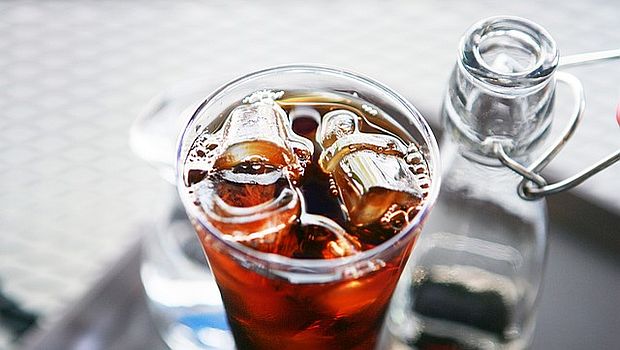A new whitepaper, “To a Tea: Building a Better RTD Iced Tea," published by Amelia Bay, guides beverage manufacturers through the process of formulating quality RTD iced tea.
November 24, 2015

A new whitepaper, “To a Tea: Building a Better RTD Iced Tea," published by Amelia Bay, guides beverage manufacturers through the process of formulating quality RTD iced tea.
Tea’s popularity continues to grow; it’s widely acknowledged as the second most-consumed beverage globally after water, and is increasingly known for its health benefits. Brewed tea has the pure tea taste and a crystal-clear appearance that reflect its clean-label claims and functional benefits.
RTD teas can be formulated in several ways, including instant tea powders and batch brewing. The whitepaper illustrates the pros and cons of the various methods. Tea powders offer convenience and consistency, but, depending on the method, can trigger oxidation, generate off-flavors and require additional flavors. In addition, tea powders can lead to cloudiness and precipitation in the finished product.
Batch brewing is another option, but involves steeping tea leaf in large tanks to make a single-strength or slightly concentrated brewed tea, the whitepaper notes. Batch brewing provides good short-term clarity and robust flavor, but can develop a cloudy appearance and lose freshness/flavor over time. Important to today’s consumers, batch brew is considered a “real-brewed" tea.
Yet another option is brewed tea extract, which allows for customization and provides clarity, stability and a balanced, robust flavor. Unlike batch-brewed tea, tea leaf is brewed in a closed, continuous system that provides consistency, efficiency and keeps the tea’s profile intact. The tea is then separated into multiple components using a natural method.
In addition, the paper examines the current RTD iced tea landscape and consumer trends, provides a primer on types of brewing tea bases and perhaps most importantly, offers pertinent questions brewing manufacturers should ask themselves before entering the market. For example, manufacturers need to determine who their target consumer will and what price point they want to achieve. Other questions to consider include: Where do you plan to sell your tea? What kind of packaging are you considering? And, what do you want your label to read?
“We are quite passionate and extremely knowledgeable about brewed tea, and we are pleased to share our knowledge and expertise with others," said John Harper Crandall, vice president of sales, Amelia Bay. “With so many options available, we want to help beverage companies make the proper choices for their particular needs."
About the Author(s)
You May Also Like






.png?width=800&auto=webp&quality=80&disable=upscale)